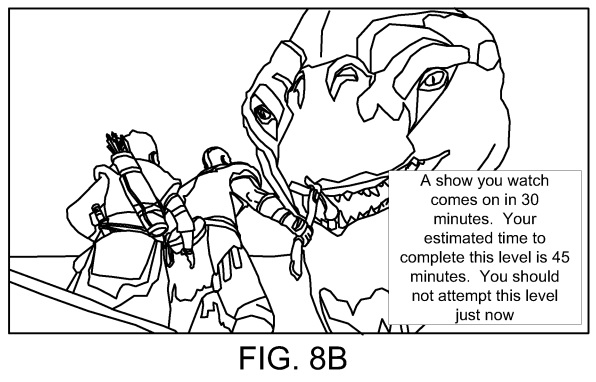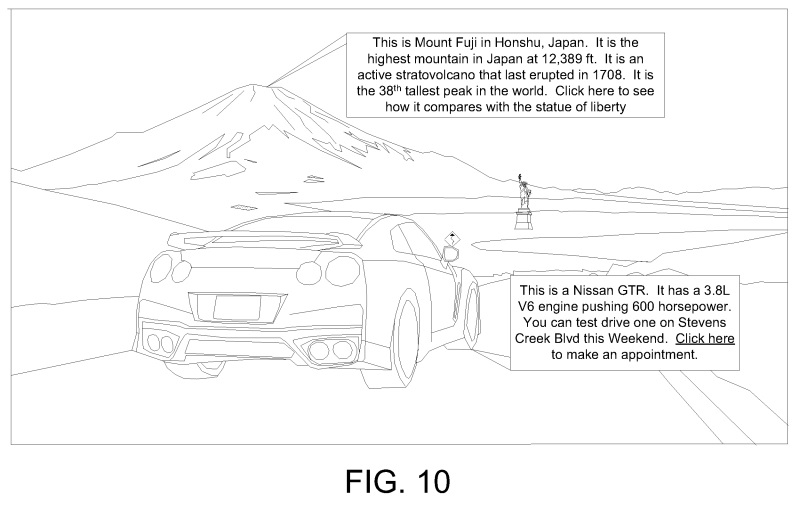PS5 could make you a much better gamer — here's how
A potential PS5 feature could hone your skills as you play

The PS5 could implement either the most helpful or the most invasive prompts in the history of gaming, depending on your point of view. Back in 2018, Sony filed a patent application with the U.S. Patent & Trademark office for a system called an “in-game information platform.”
This technology could coordinate in-game information with outside sources, letting you know how long certain sections might take, how you could get through them more efficiently and even how your playtime might affect your real-world activities, like watching TV shows.
- PS5: Release date, price, specs, games and more
- PS5 exclusives: All the big games to expect
- Plus: Xbox Series X could trounce PS5 with this killer feature
The application is quite long and involved, and if you’re in desperate need of a good nap, you can read through the entire thing. But Sony covers the basics in the application’s abstract. It describes the technology as a “durational information platform,” which can tell players approximately how long an objective in a game will take, as well as steps they could take to shorten it. The platform could also sync with outside information to tell players how long they had before a real-world priority would intervene.
Let’s take a look at a few examples, courtesy of Sony’s diagrams. In Figure 8A, Sony depicts a gameplay screen (which looks an awful lot like God of War) with a small caption in the lower-right: “Your estimated time to complete this level is about 45 minutes.” By itself, that’s potentially useful information.
However, this information doesn’t have to exist in a vacuum. Figure 8B depicts the same scene, but this time the caption reads: “A show you watch comes on in 30 minutes. Your estimated time to complete this level is 45 minutes. You should not attempt this level just now.” The game would presumably “know” about the show you want to watch because it could sync with a virtual calendar, or even a live streaming service. (If only PlayStation Vue were still around, but I digress.)

Figure 9B goes even deeper: “Your estimated time to complete this level is 45 minutes. If you select resource X, your estimated time to completion could be 25 minutes.” This is where the prompts go from purely informational to prescriptive. Based on community data, a game could tell you not only how long a level takes, but also how to complete it more efficiently. Other diagrams in the application show an even more granular approach, with the platform giving instructions on more efficient weapon or skill combinations.
The platform has more prosaic applications as well. Figure 10 shows a hypothetical racing game, where pop-up dialogue boxes could explain the significance of local landmarks, as well as real-world information about cars. It’s not that different from something like Amazon’s X-Ray mode, which gives real-time information about actors and scene trivia.
Get instant access to breaking news, the hottest reviews, great deals and helpful tips.

However, readers should bear in mind that the technology described here is from a patent application. The patent has not yet been granted — and even if it were, there’s no guarantee that Sony would decide to implement the technology. Furthermore, the patent does not specifically tie this information to any particular console, such as the PS5. In fact, the console pictured in the diagrams is a PS4. Still, it’s not too much of a stretch to say that Sony probably submitted the application with its next console in mind, not its current one.
Still, it’s easy to see a feature like this splitting fans right down the middle. Everyone’s struggled with a difficult section in a game, and it might be nice if the game itself could analyze exactly where you’re going wrong. Likewise, everyone’s probably missed a favorite show due to a gaming session running long, and a prompt coming from the game itself might convince us to actually turn the system off before it’s too late.
On the other hand, it seems like a rather rigid way to play games. The platform could try to optimize your approach to the game, subtly enforcing time constraints and telling you the most efficient way to complete the game, rather than the most fun one. It forces you to adhere to a schedule rather than play spontaneously. And it interrupts your gameplay with intrusive real-world information.
Of course, the feature would probably be optional, so the platform wouldn’t have to intrude on your leisure time. But there is something decidedly odd about a just-for-fun activity telling you, “You’re not doing this efficiently enough.” There’s something to be said for just gaming at your own pace.

Marshall Honorof was a senior editor for Tom's Guide, overseeing the site's coverage of gaming hardware and software. He comes from a science writing background, having studied paleomammalogy, biological anthropology, and the history of science and technology. After hours, you can find him practicing taekwondo or doing deep dives on classic sci-fi.
